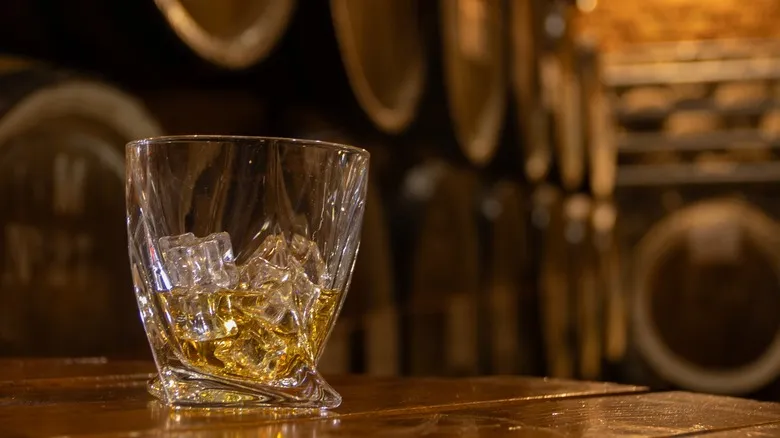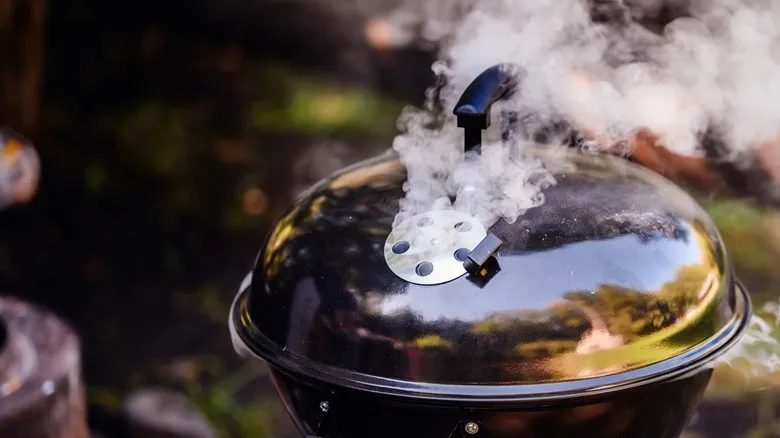Laws vary based on the type of whiskey
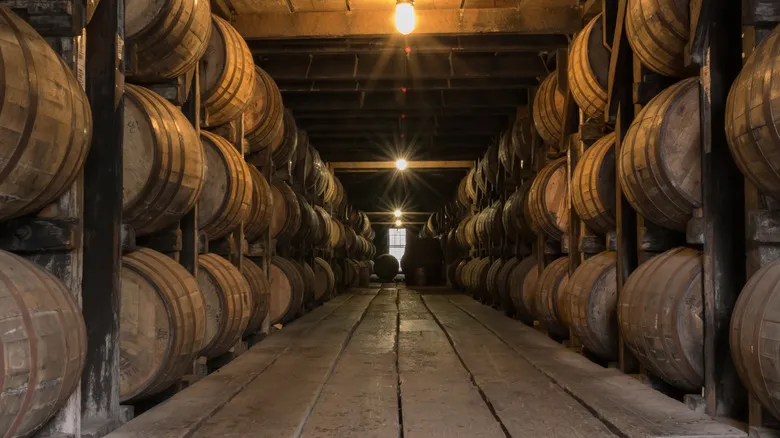
Different nations and various whiskey styles have distinct aging requirements, but all must be matured in wooden containers. For instance, a key distinction between whiskey and bourbon is that, to be legally classified as bourbon, it must be aged for a minimum of two years in a new, charred oak barrel. Other whiskey varieties can be aged in previously used oak barrels, which is why bourbon distilleries often sell their used barrels to producers of other whiskey types. If a bourbon wishes to be labeled as "bottled in bond," it must age for at least four years (in addition to meeting all other criteria); otherwise, it is designated as "straight bourbon whiskey."
While Kentucky is recognized as the bourbon capital of the United States, numerous other variations of the spirit are produced in different regions around the globe, such as rye and scotch, each governed by its own regulations regarding ingredients and aging. Bourbon must consist of at least 51 percent corn, whereas rye whiskey must contain a minimum of 51 percent rye grain. Similar to bourbon, rye whiskey must also be aged in a new, charred oak barrel for at least two years. Scotch, on the other hand, can only include three ingredients: water, yeast, and grain, and it must be both distilled and aged in Scotland for a minimum of three years. While these aging regulations may appear insignificant to some, they ultimately ensure consumer safety and uphold high standards for distillers to produce quality products.
Recommended
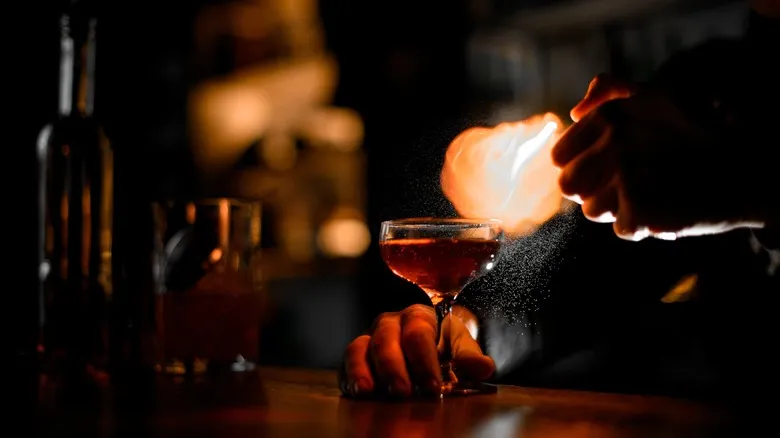
How Exactly Do Flaming Cocktails Work?

The Difference Between A Metropolitan And Cosmopolitan Cocktail

What Makes Campari Different From Aperol?
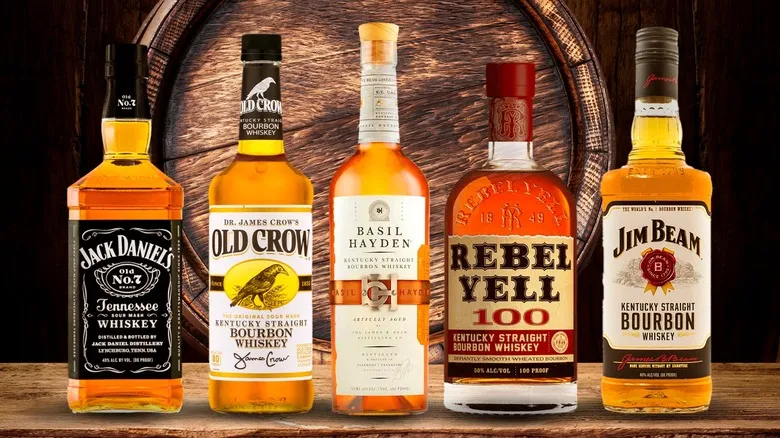
12 Bourbons You Should Leave On The Shelf
Next up

